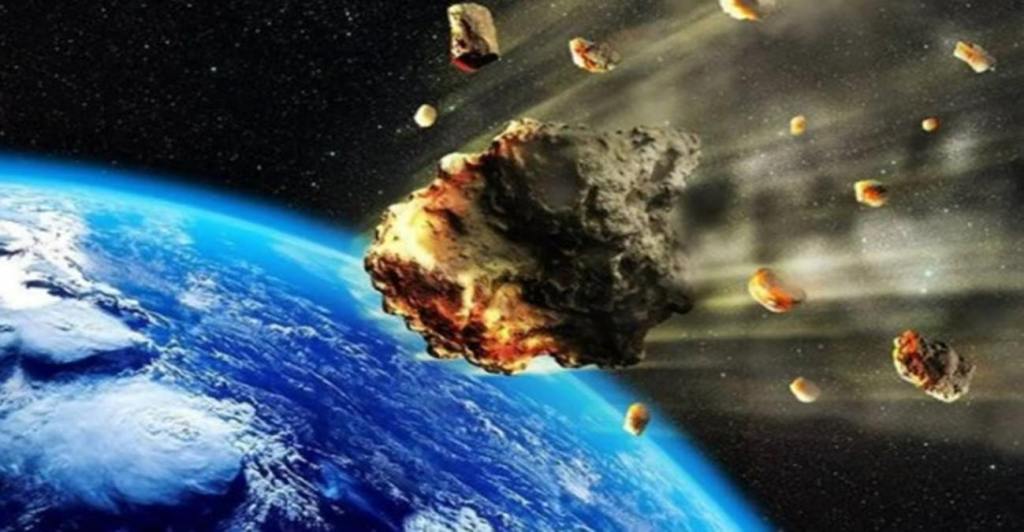About seven years after a space rock came crashing inside Earth’s thick atmosphere and made a crash landing near the town of Kamargaon in the Golaghat district of Assam, scientists are about to make some important discoveries about how life began on Earth. Its chemical composition has revealed that life may have started in the planet’s core with stars and stardust.
In a study conducted by IIT Kharagpur researchers, they found traces of vesicles in the minerals of a chondrite meteorite, which could provide new clues regarding the origin of life. The team was also joined by researchers from Japan and the Physical Research Laboratory of Gujarat.
The meteorite is a part of the asteroid belt between Jupiter and Mars. It came from a space rock that broke apart after it was hit by an object at a high velocity. Astronomers assume that it was over 6 kilometres in diameter
The findings of the study, published in the Journal of Geophysical Research-Planets noted that the chondrite meteorite had traces of pyroxene and vosicular olivine, making it the first instance of these in an ordinary chondrite meteorite. According to the researchers, impact events are vital in the evolution and formation of cosmic bodies.
Studies have shown that certain volatile elements, such as carbon, oxygen, manganese, sulfur, and sodium, are vital for life. Understanding their distribution and occurrence in the solar system is very important to determine the origin of our own species.
According to the researchers, the volatile elements in rocks can become mobile due to high temperatures. These elements then create holes in the surface of the rocks, which are known as vesicles. Through this process, scientists can study the various mechanisms by which these elements are transported.


